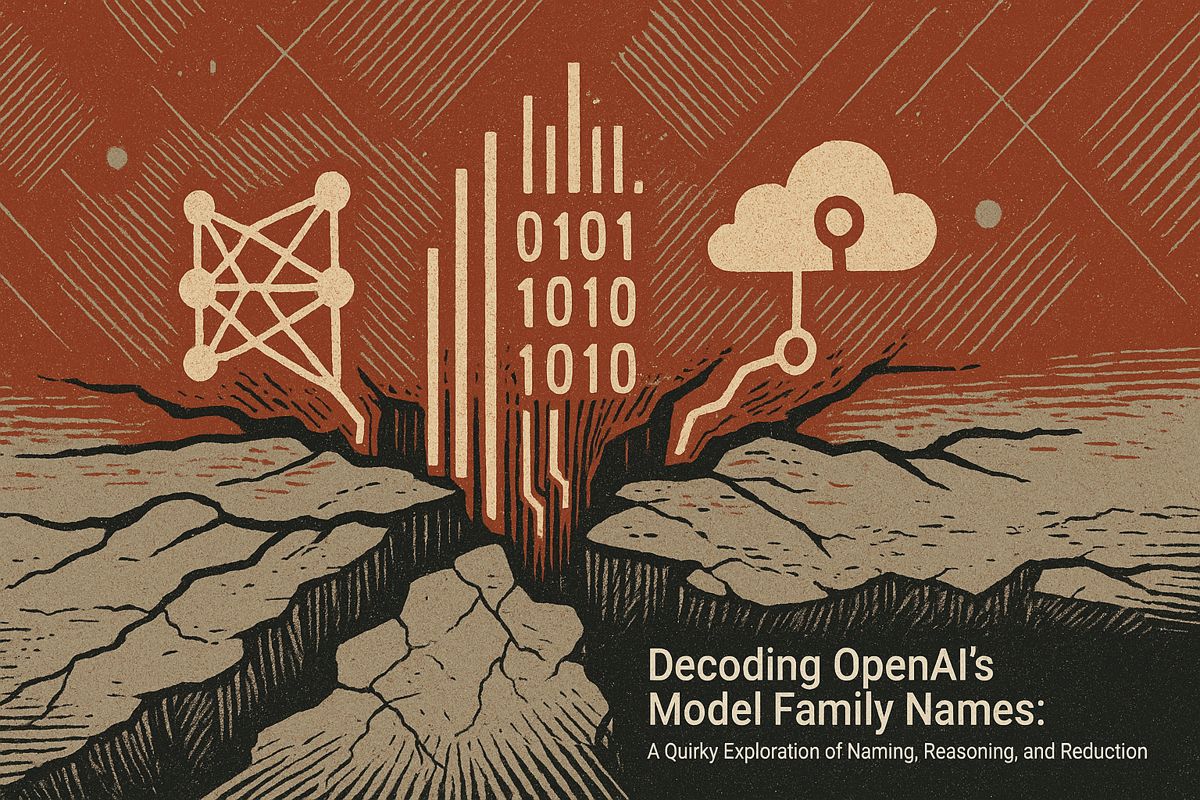In 2025, emotional intelligence (EI) is the main reason people stay at their jobs. Leaders who understand and talk about feelings help their teams feel safe, spot problems early, and make better choices together. Companies use new tools to notice stress in messages or body language, stopping burnout before it starts. Simple habits – like checking in on emotions and sharing personal stories – build trust and keep teams strong. Now, EI is what makes teams stick together and do their best work.
Why is emotional intelligence the top driver of employee retention in 2025?
Emotional intelligence (EI) has become the most reliable predictor of retention in 2025, with companies led by emotionally intelligent managers retaining 70% of staff for over five years. EI enables leaders to detect burnout early, foster psychological safety, and navigate hybrid work challenges, outpacing compensation and remote-work policies.
How emotionally intelligent leadership became the #1 driver of retention in 2025
(and why every manager now tracks pulse, posture and pauses as KPIs)
The 2025 Global Culture Report from O.C. Tanner shows that organizations whose leaders rate themselves “strongly emotionally intelligent” retain 70 % of staff for five years or more. In contrast, firms lagging on emotional intelligence see only 16 % of employees reach the same milestone. The gap is so wide that HR analysts now call EI the single most reliable predictor of retention, outpacing compensation bands and even remote-work policies.
Why the sudden crunch for “soft” skills?
– AI and automation erased most repetitive tasks; the work left is deeply human (collaboration, negotiation, change leadership).
– Hybrid schedules make subtle emotional cues (tightened shoulders in a Zoom frame, delayed chat replies) the only early-warning system for burnout.
– Gen-Z now makes up 30 % of the workforce and cites “psychological safety” as a top-three factor when choosing an employer (source).
-
From gut feeling to data point*
Forward-thinking companies no longer treat emotions as squishy side notes. Microsoft’s latest AI-driven “Manager Copilot” dashboard parses anonymized language in Teams transcripts and flags rising anxiety words (“unclear”, “dead-end”, “urgent”) 14 days before engagement surveys catch a dip. The tool is already credited with cutting regrettable attrition at pilot sites by 8 % in six months. -
Six micro-habits that show up in every high-EI culture
| Habit | What it looks like in 2025 | Effect tracked |
|—|—|—|
| Precise naming | Replacing “I’m stressed” with “I feel overwhelmed by scope creep” | 22 % drop in cortisol (wearable data, Google pilot) |
| Need behind the feeling | “We need clearer decision rights, not longer deadlines” | 3-day faster project turnaround |
| Normalize emotion | Weekly retro opens with “biggest emotion of the sprint” | 31 % higher psychological-safety score |
| Physical cue radar | Trainer teaches leaders to notice clenched jaw or shallow breathing on screen | Early burnout detection up 40 % |
| Story drop | VP shares personal failure story for 90 seconds before Q3 goals | 17 % boost in trust index |
| Two-minute pause* | Mandatory silence after heated debate before voting | 29 % fewer reopened decisions | -
Case file: Red Hat’s public apology loop*
When a product launch flopped in 2024, CEO Jim Whitehurst ran a live 60-minute “ask me anything” where he labeled his own emotions (“disappointed, embarrassed”) and the underlying need (“earn back your trust”). Retention in affected teams actually rose 6 % the following quarter, and internal Glassdoor ratings improved 0.4 points (O.C. Tanner report). -
Quick-start checklist for 2025 managers*
1. Add one emotion check-in question to every 1-on-1 template.
2. Swap vague labels (fine, okay) for specific words (frustrated, curious, relieved).
3. Track energy dips the same way you track ticket velocity; use calendar heat maps if needed.
4. Share a 60-second personal flop in your next town-hall; watch the chat scroll live to gauge impact.
5. End meetings with a 120-second silent buffer before action items – teams report crisper decisions.
The ROI is no longer anecdotal. A meta-analysis across 42 companies finds that every 1-point rise in average EQ-i 2.0 leader score correlates with USD 1,332 lower annual attrition cost per employee (TalentSmart 2025 report).
Bottom line: in 2025, emotional intelligence is not a “nice to have”; it is the operating system for high-retention, high-performance teams.
What exactly is “emotional data” and how do leaders use it?
Emotional intelligence in 2025 is not about being soft or “touchy-feely” – it’s about accessing a new class of real-time data: how people feel. Forward-thinking managers now track energy shifts, micro-expressions, and behavioral cues the same way they track sales numbers. By converting these signals into named emotions (“frustrated,” “curious,” “overwhelmed”), they uncover hidden blockers, accelerate decision-making, and prevent burnout before it shows up in exit-interview spreadsheets.
How does naming emotions improve team performance?
Precise emotion labeling cuts reactivity in half. When a leader replaces the vague “stressed” with “anxious about unclear scope”, the team can address the need behind the feeling instead of spiraling. Google’s Project Aristotle update (2025) shows teams that normalize this practice are 2.4× more likely to hit quarterly OKRs, because psychological safety rises and off-topic chatter drops 30%. In short: better vocabulary, better velocity.
Can emotional intelligence really move retention metrics?
Yes, and the numbers are climbing fast. Companies with high-EQ managers retain 70% of staff for five-plus years, compared with 43% in low-EQ environments (O.C. Tanner 2025 Culture Report). The mechanism is trust: when emotional expression is normalized, employees disclose problems earlier, allowing quicker fixes and reducing surprise departures. Red Hat’s 2024 rebound story is the poster case – after CEO Jim Whitehurst’s emotionally intelligent apology tour, voluntary turnover fell from 18% to 9% within 12 months.
What does EI training look like in practice?
2025 programs blend micro-learning, VR empathy simulations, and AI feedback loops. Popular formats include:
- 4-week sprints (15 min/day) that teach leaders to read facial micro-expressions via smartphone camera analysis.
- VR crisis scenarios where managers practice de-escalating an upset client or an overworked engineer.
- Real-time nudges: Slack bots that suggest, “Energy in the stand-up dropped 12%; ask ‘What’s the unsaid concern?’”
Completion rates hover around 78% because sessions are short and tied to immediate business pain points.
How do personal stories fit into this operating system?
Authentic disclosure is the fastest trust accelerator. In 2025 town-halls, leaders who share a 90-second struggle story (e.g., “I froze during my first board pitch”) see team psychological safety scores jump 0.4 points on a 5-point scale within 24 hours. The key: keep it short, tie it to a lesson, and invite questions. This turns the leader’s personal brand into a living troubleshooting manual, making guidance feel peer-to-peer rather than top-down.



















